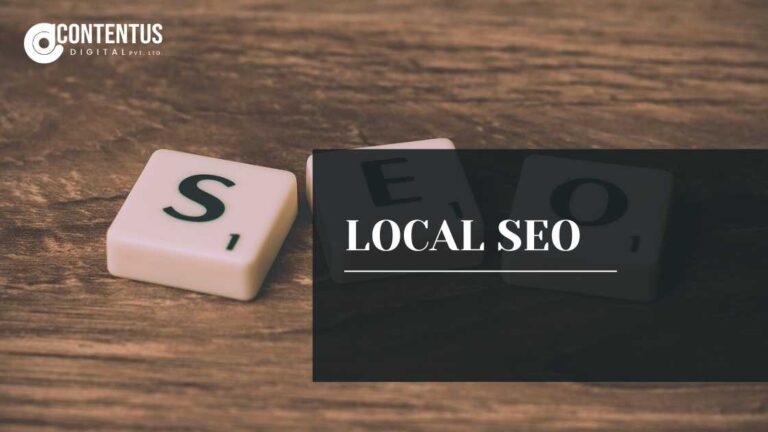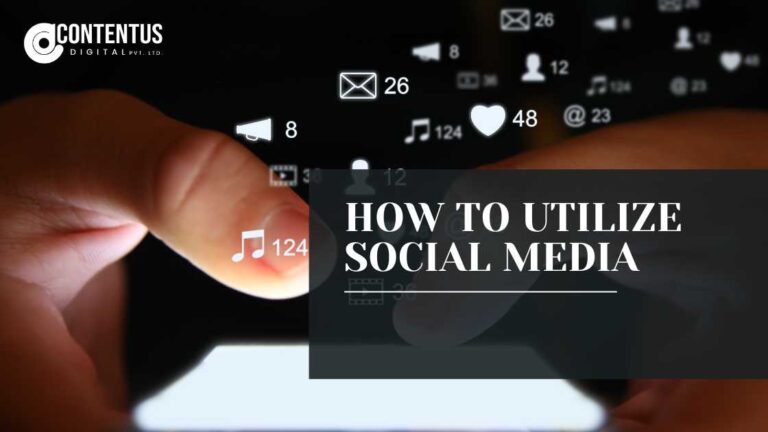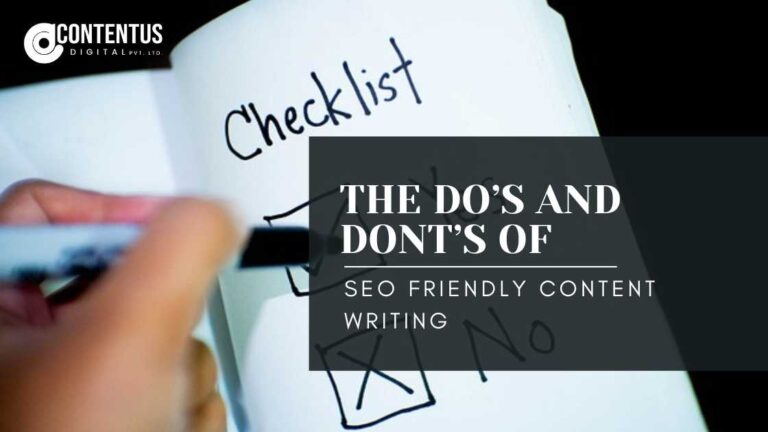Hypecycle in digital marketing
The Gartner Hype Cycle can be described as the graphical representation of an innovation’s perceived value and market standing. Typically, this cycle helps understand how a new technology trend’s perceived value can evolve over its maturity life cycle.
In short, you can say it helps determine whether a new technology is worth investing in or not. Also, it allows determining whether a new technology will prove helpful in finding solutions for real-world business concerns. Subsequently, companies develop their investment stance and execute digital marketing tactics based on valuation.
Let us read along to learn more about the hype cycle in digital marketing and its functioning.

How does Gartner’s Hype Cycle work?
As per Gartner’s research methodology, every new technology innovation passes through distinct phases. Notably, each stage of the hype cycle reflects a certain degree of expectation. However, the progression of maturity phases varies among technology innovations.
In other words, some technology innovations may stay at one phase for a longer time than others. This also contributes to the resulting value in the industry. Typically, the maturity lifecycle can be divided into these phases:
Phase 1: Innovation trigger
This phase kicks in when a technology breakthrough creates hype. A new concept, idea, product, trend, or process that receives ample media attention could be labeled as a breakthrough.
During this phase, the technology is accessed only by limited entities such as startup firms and labs. Therefore, the technology, which is characterised by its high price, novelty, and probability of endless customisation, is investigated by early adopters.
The hype created by the breakthrough and media attention leads to a steep rise in the technology’s expected value pushing it to the peak. However, a lack of adoption by the masses hints at unproven commercial viability. Also, it could mean that the technology is yet to contest against surging expectations.
Phase 2: Peak of Inflated expectations
During this phase, the new technology is widely promoted and publicised. It is typically in this phase when customers witness a hike in vendors or early adopters, trying to flood the market with competing and complementary products.
At this phase, some companies pioneering the breakthrough may find themselves between premium acquisition deals extended by large enterprises.
Phase 3: Trough of Disillusionment
Once the technology reaches the peak phase of inflated expectations, we notice activities beyond the early adopters. At this phase, firms are eager to look for value beyond the initial hype and success stories.
When technology fails to match the high expectations, the rate of growth in adoption is delayed or somewhat significantly slowed. Subsequently, vendors begin to consolidate offers as experiments and variations fail to gain traction in the market.
Conversely, successful vendors initiate Series B and Series C funding rounds. However, the same is carried out only after early adopters have validated the improvements. By the end of this phase, the industry begins to question the technology’s transformational potential.
Phase 4: Slope of Enlightenment
By this phase, the innovation has faced its share of success and failure, improvements and updates. Besides the vendor, the industry also understands its growth trajectory in this phase.
Subsequently, the second and third stages of innovation come into play, presenting proven solutions to certain problems and usage. Finally, as the technology moves towards the next maturity phase, the adoption rate witnesses a surge.
At this stage, consulting firms can provide effective frameworks and methodologies to extend assistance to new adopters. In addition, the extended case studies and statistics shared are reliable. Also, the perceived value of technology innovation now seems more feasible.
However, by the end of this phase, adopters who are relatively more conservative and the industry laggards would be hesitant to incorporate the innovation with their adoption plan.
Phase 5: Plateau of Productivity
This is clearly the stage of mainstream adoption. During this stage, the media publish relevant news and insights on the technology’s future updates.
In this last phase of Gartner’s hype cycle, the technology is readily produced and offered a quick solution. Around this time, an ecosystem of similar products and services pop up. Also, successful adoption stories, especially across different industry verticals, are noticed. Finally, successful vendors move closer to initial public offerings and acquisitions at this stage.
Usually, the technology is improved in this maturity phase, and consumers begin to evaluate its promised value.
Lastly, it is essential to note that all innovations do not necessarily go through maturity phases. To elaborate, when innovation fails to live up to the expectation and hype surrounding it, it disappears from Gartner’s hype cycle. Also, some innovations tend to move to and fro between maturity phases. This is often due to the technology’s evolution. Regardless, only after analysing the phases of the hype cycle, the potential growth track is chalked, and value resulting from consistent improvements are estimated.







